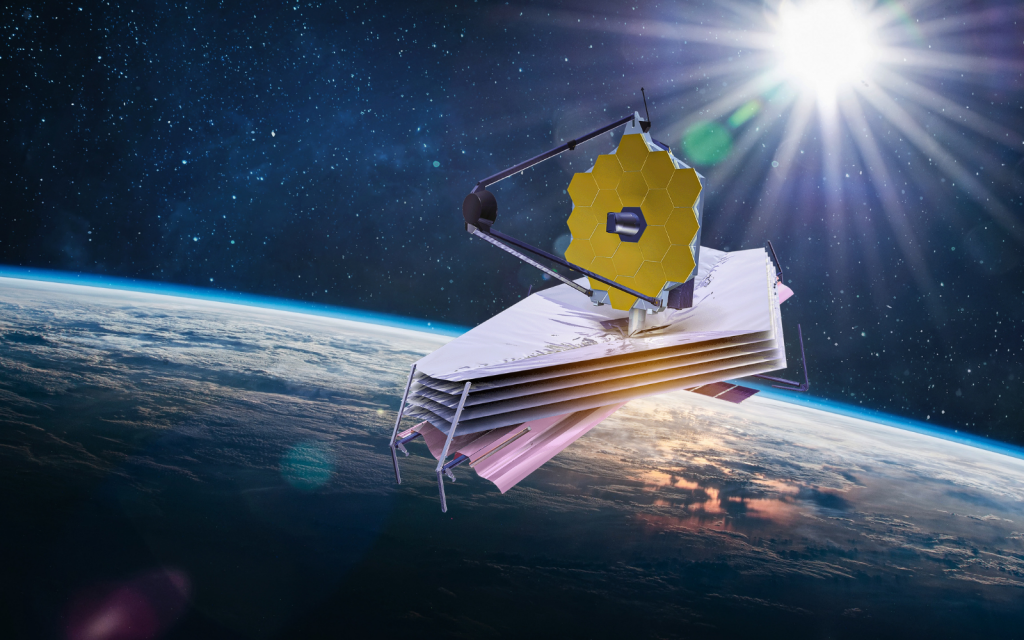Sonor Arc (2)

When Sonos isn’t busying itself with what it does worst (relaunching mobile apps), it’s fortunately slogging away at what it does best: building soundbars. Sonos hasn’t explicitly said so, but we’re making an educated guess here that the soundbar-maker is working on its next big thing. Oh, and because a report from The Verge told us that it’s officially working on a sequel to 2020’s Sonos Arc. We even have pictures!
Sonos has gone through the rigamarole of codenaming the soundbar ‘Lasso’, but we all know it’s simply going to slap a ‘Gen 2’ to the end of ‘Arc’ and call it a day. When that day does eventually come – likely later this year – it’s expected to ship with an even larger price tag than the Arc that came before. Which is… saying something.
Sonos justifies the massive price bump which, according to The Verge, currently hovers around the $1,200 mark (R22,000), by giving the entire interior a makeover, finally making use of that Mahyt acquisition Sonos pulled off in 2022. Specifically, it’ll benefit from the company’s audio transducers which are said to “enable smaller and lighter form factors without compromising on quality.” There’s also a dedicated Bluetooth button in the mix.
Whether a new Bluetooth button and a couple of Mayht’s transducers are enough to get people spending remains to be seen. Don’t go in expecting a visual redesign, because you’re bound to be disappointed. That’s not to say it won’t be ahead of release, however. The ‘Lasso’ is still undergoing that awkward beta phase for now. More news is expected to follow later this year.
Windows XP is back, baby

Who would’ve thought that Apple’s relatively lax new rules regarding emulators on the App Store, which solely began as a place for fans to get their Nintendo DS kicks in elsewhere, would eventually evolve into Apple allowing fully-fledged Windows PC emulators on the store just a few months later? Not us. But that’s what Apple’s done after it approved the release of UTM SE on the App Store.
It’s especially surprising considering Apple rejected the app’s launch in June, citing that the rule only allowed retro game emulators to make an appearance, and UTM SE, being a PC emulator, didn’t make the cut. Suddenly, that all changed when the app’s developers announced that it was officially available to download for the iPhone and iPad and even the Vision Pro.
“UTM SE is a PC emulator that allows you to run classic software and old-school games,” the app’s description reads. Despite it being a “retro” emulator, UTM SE is quite capable of running everything from Windows XP up to Windows 11, as well as older macOS systems and even virtual Linux machines. Unfortunately, Apple’s rules disallow the use of a JIT compiler, which could lead to underperformance on Apple hardware.
Disney’s dirty laundry has allegedly been aired

What a weekend it was. Spain v England. Wimbledon. Rugby. Trump. And now, Disney’s internal Slack – containing several thousands of messages, personal details, login information, concept arts and news about upcoming projects totalling around 1.1 TiB of data – has allegedly been hacked.
Hacktivist group ‘NullBulge’ has officially taken credit for the breach. “1.1TiB of data. almost 10,000 channels, every message and file possible, dumped. Unreleased projects, raw images and code, some logins, links to internal API/web pages, and more!”
The hack has yet to be verified by reputable sources, and Disney has yet to officially comment on the situation. There’s a good chance it’s too busy eliminating firing Matthew J Van Andel – a build manager at Disney – who NullBulge cites as being their “inside man” before getting cold feet and backing out and ultimately speeding up the dumping process from NullBulge.
NullBulge’s website makes it perfectly clear why Disney fell into its scope. “Our mission is to enact ways to ensure that theft from artists is reduced and to promote a fair and sustainable ecosystem for creators. Our hacks are not those of malice, but those to punish those caught stealing,” it said.
Babe, wake up. James Webb Telescope image just dropped

Is your wallpaper in dire need of a refresh? The James Webb Telescope will provide. What’s the occasion? Well, it’s officially been two years since the telescope began sending back images of the universe from its position 1.5 kilometres away, and NASA has shared images of two interacting galaxies to celebrate: The Penguin and the Egg.
That’s no typo. The Penguin and the Egg galaxies, collectively known as Arp 142, first began interacting between 25 and 75 million years ago and have since formed between 100-200 stars every single year. For reference, the Milky Way only forms around 6 new stars every year.
“In just two years, Webb has transformed our view of the universe, enabling the kind of world-class science that drove NASA to make this mission a reality,” said Mark Clampin, director of the Astrophysics Division at NASA Headquarters in Washington. “Webb is providing insights into longstanding mysteries about the early universe and ushering in a new era of studying distant worlds, while returning images that inspire people around the world and posing exciting new questions to answer. It has never been more possible to explore every facet of the universe.”
According to NASA, the two galaxies share the same mass, despite the Penguin galaxy appearing far larger than the Egg galaxy residing next to it. This is apparently why one has not yet swallowed the other whole. This dance will continue for “hundreds of millions of years”, completing several additional loops around one another before eventually merging into a single galaxy.




